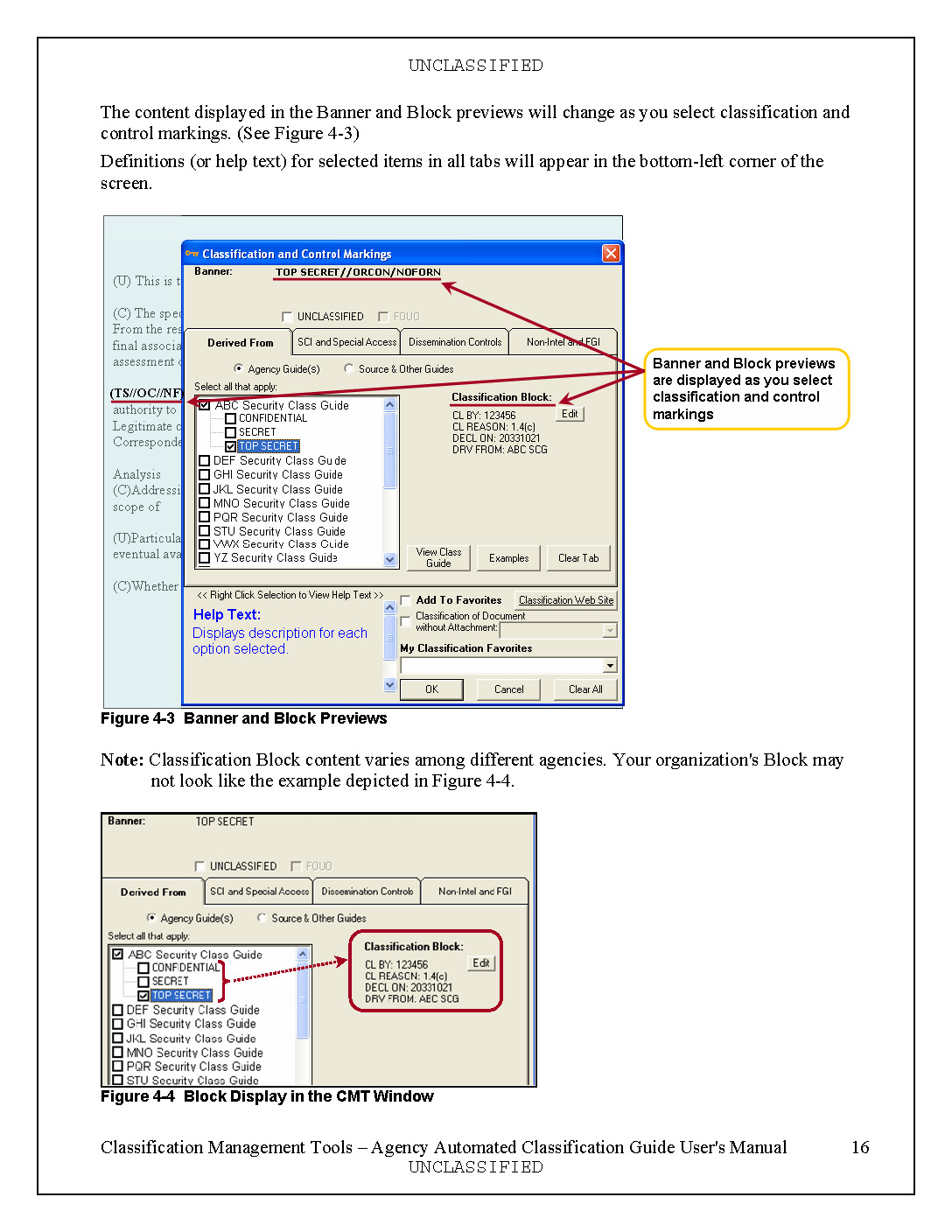

In such cases there may also be enlargement of the spleen. Liver enlargement is common in advanced cases, and is frequently associated with an accumulation of fluid in the peritoneal cavity and hypertension of the abdominal blood vessels. Intestinal schistosomiasis can result in abdominal pain, diarrhoea, and blood in the stool. Symptoms of schistosomiasis are caused by the body’s reaction to the worms' eggs. Urogenital schistosomiasis is also considered to be a risk factor for HIV infection, especially in women.


At times, tourists present severe acute infection and unusual problems including paralysis. With the rise in eco-tourism and travel “off the beaten track”, increasing numbers of tourists are contracting schistosomiasis. Increasing population size and the corresponding needs for power and water often result in development schemes, and environmental modifications facilitate transmission. Migration to urban areas and population movements are introducing the disease to new areas. Inadequate hygiene and contact with infected water make children especially vulnerable to infection. Women doing domestic chores in infested water, such as washing clothes, are also at risk and can develop female genital schistosomiasis. Schistosomiasis mostly affects poor and rural communities, particularly agricultural and fishing populations. intercalatumĪfrica, the Middle East, Corsica (France) Several districts of Cambodia and the Lao People’s Democratic Republic Table: Parasite species and geographical distribution of schistosomiasisĪfrica, the Middle East, the Caribbean, Brazil, Venezuela and Suriname There are 2 major forms of schistosomiasis – intestinal and urogenital – caused by 5 main species of blood fluke. It is estimated that at least 90% of those requiring treatment for schistosomiasis live in Africa. Schistosomiasis is prevalent in tropical and subtropical areas, especially in poor communities without access to safe drinking water and adequate sanitation. Others become trapped in body tissues, causing immune reactions and progressive damage to organs. Some of the eggs are passed out of the body in the faeces or urine to continue the parasite’s lifecycle. Adult worms live in the blood vessels where the females release eggs. In the body, the larvae develop into adult schistosomes. Transmission occurs when people suffering from schistosomiasis contaminate freshwater sources with their excreta containing parasite eggs, which hatch in water. People become infected when larval forms of the parasite – released by freshwater snails – penetrate the skin during contact with infested water.


 0 kommentar(er)
0 kommentar(er)
